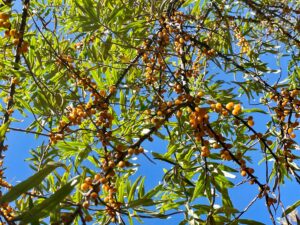
The Wonder Plant of the Himalayas: Seabuckthorn
The Wonder Plant of the Himalayas: Seabuckthorn In the arid regions of Ladakh and Lahaul-Spiti, where few major trees thrive, a remarkable shrub stands out
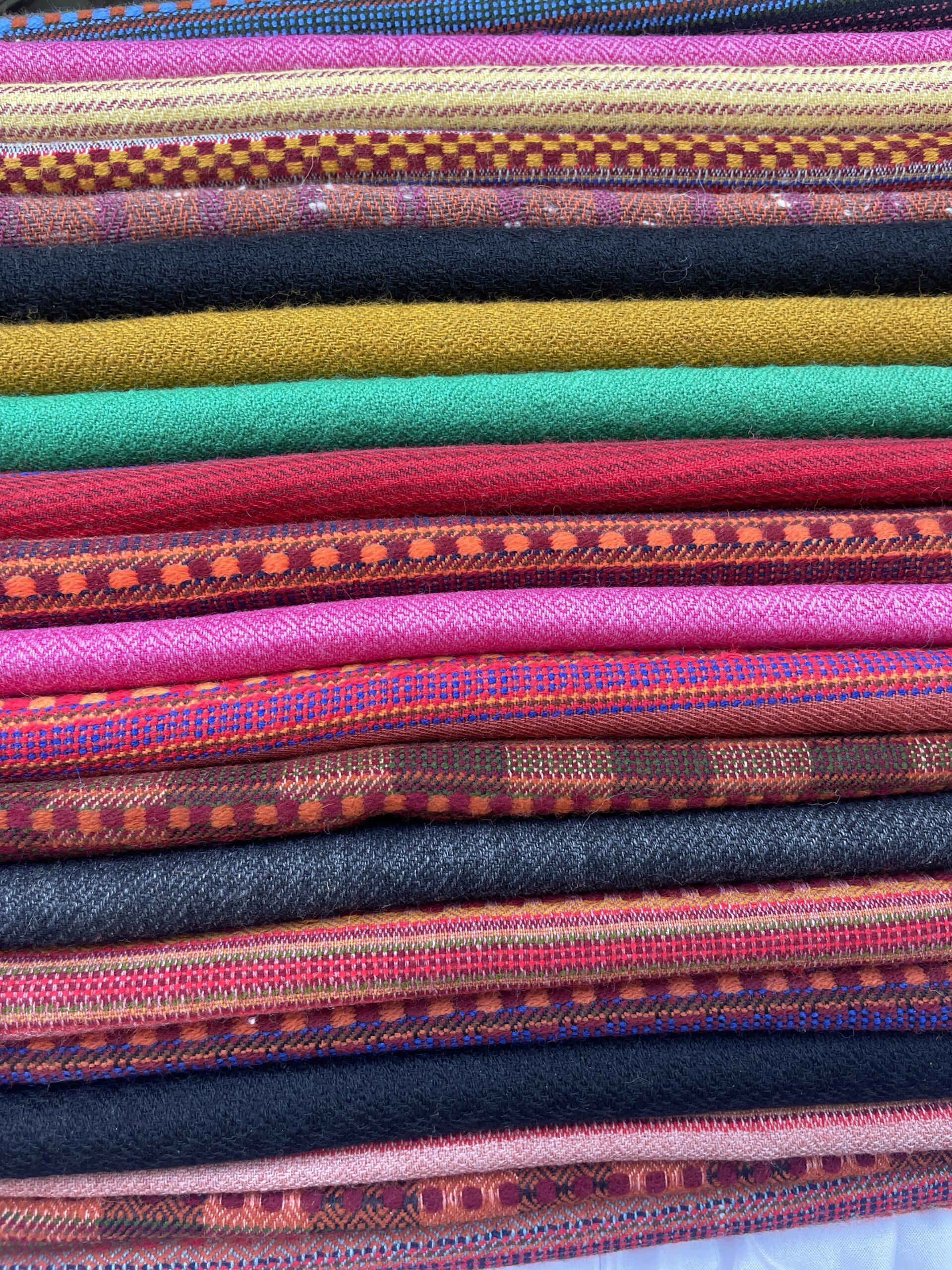
Imagine it’s winter, and you’re sitting in the sun, enjoying a cozy cup of chai while wrapped in a comfortable Kullu shawl. Many people cherish this simple pleasure during the winter season, especially in Himachali homes. For Pahadis, winters and shawls are naturally connected. But Kullu shawls are more than just clothing; they embody a rich tapestry of history, culture, and an intriguing story of their evolution to the present day.
The Kullu region experiences a cool climate for much of the year, making warm woollen clothing essential. For centuries, locals have crafted practical woolen garments like pattus and cholu, worn daily. Interestingly, unlike the vibrant shawls seen today, Kullu residents once wore woollen attire without the bright colors and intricate designs.
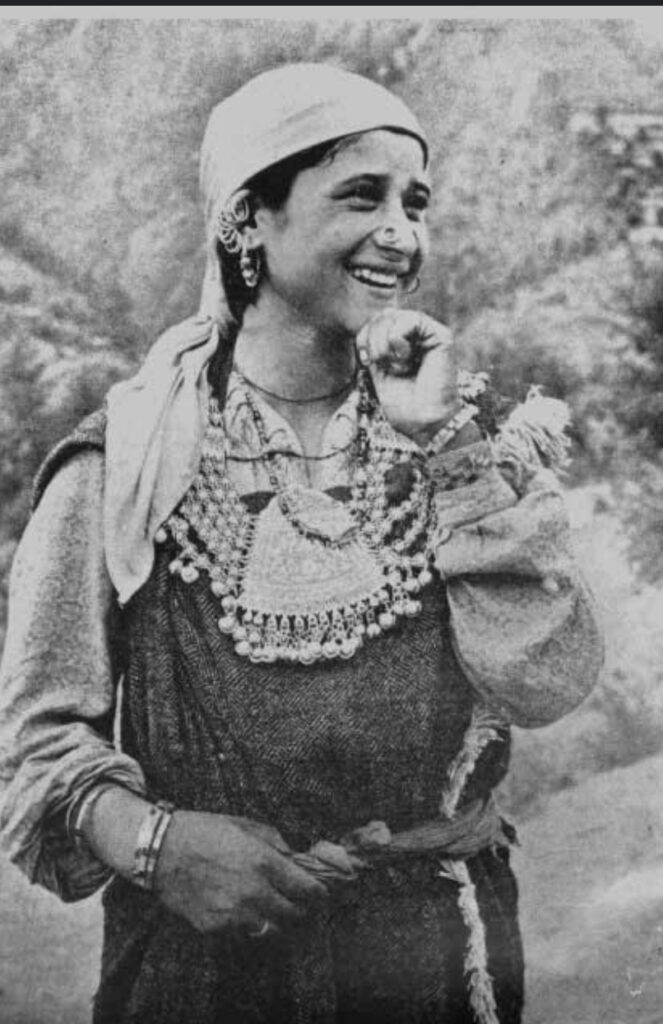
The transformation that gave rise to the renowned shawls. We know today is a fascinating story in its own right.
In the early 19th century, there was a belief that people from the Kinnaur/Bushaher kingdom migrated to Kullu to escape persecution by the local ruler, introducing various designs to the local woollen clothing. Another tale suggests that in the 1940s, Bushahris brought these designs, previously used in their local woollen fabrics. The weavers from Bushehar were well-versed in vibrant, geometrical patterns, which locals began weaving onto their Pattus or
Pattis. According to some beliefs, the art of weaving decorative motifs on wool garments originated in the Kinnauri village of Shubnam, with the craft traveling to Kinnaur from Tashkent, Uzbekistan, via China and Tibet. The influence of their location along this busy trade route is evident in many traditional Kinnauri motifs, such as the diwar-e-chine (GreatWall of China).
One could argue that Kinnauri weaving serves as the precursor to the distinctive style for which Kullu is renowned. Although the weaving techniques in Kinnaur and Kullu are nearly identical, the bright, almost fluorescent colors, and the bold, graphic style that have become the hallmark of Kullu weaving are undeniably unique and distinguishable from the weaving style in Kinnaur. Interestingly, Devika Rani, renowned as the first female actress of Hindi cinema, played a significant role in shaping the present form and popularity of Kullu shawls.
Married to Svetoslav Roerich, the son of the famous Russian painter Nicholas Roerich, who resided in Naggar, Devika Rani settled in Naggar village with her husband. In 1942, during her visit to Kullu, she approached a local weaver, Sheru Ram from Banontar village, to craft a shawl on his pit loom.
Devika Rani’s suggestion gave rise to the creation of the first full-length shawl (72” x 36”), marking the commencement of commercial weaving of Kullu shawls. This ushered in their distinctive geometric patterns and vibrant colours, establishing a trademark style for Kullu shawls in the market.
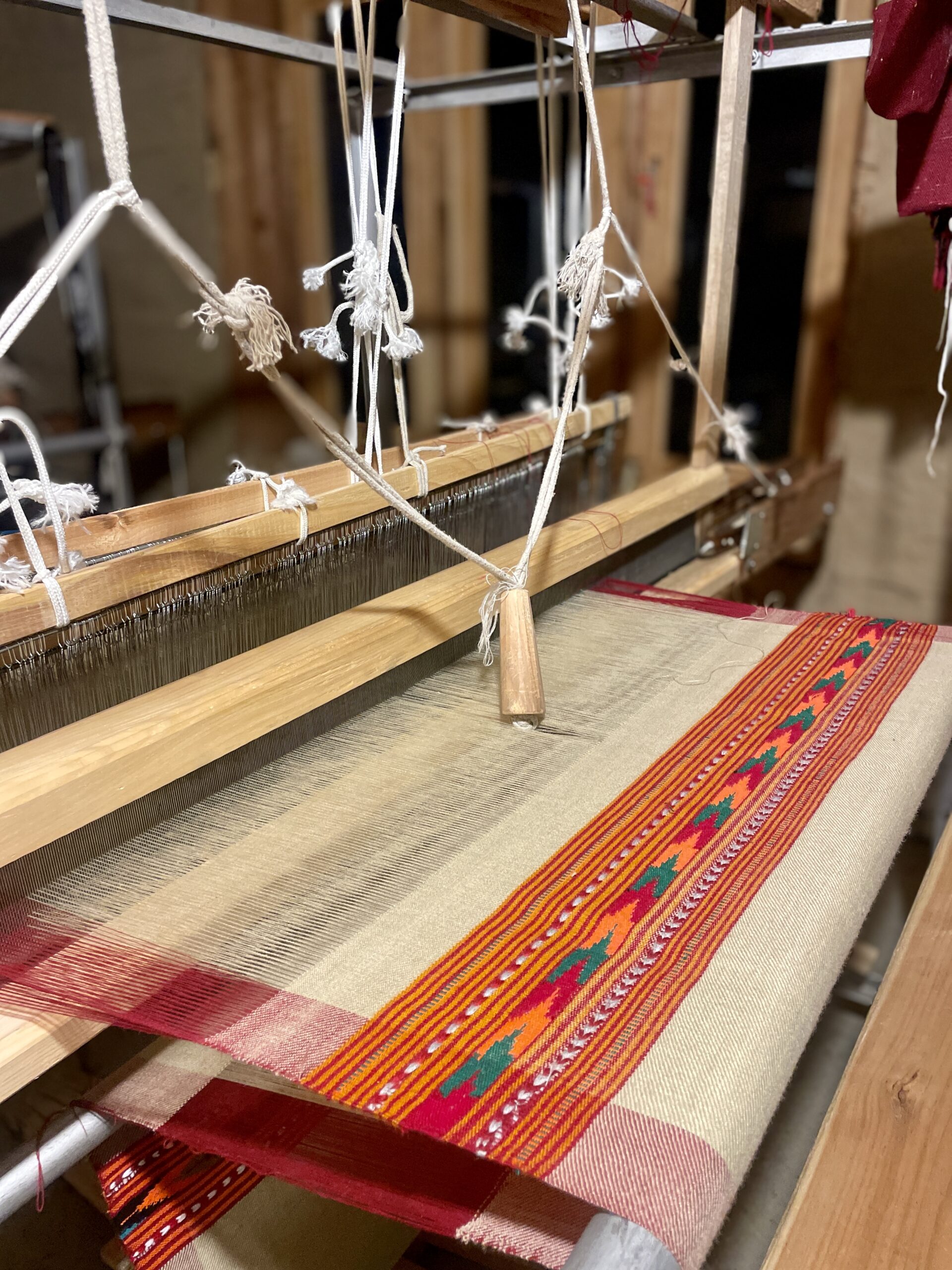
As time progressed, key individuals such as Devi Prakash Sharma and Master weaver Tanjenram Bhagat significantly contributed to the diversification and recognition of Kullu shawls. Ved Ram Thakur, too, played a vital role in benefiting numerous families in the valley. Now, among other notable aspects, Kullu is undeniably renowned for its exquisite and cozy shawls. These shawls have directly and indirectly transformed the lives of thousands.
A Himachali shawl is more than just a warm garment. Each piece embodies the contributions of both biotic and abiotic components of the environment. It starts with the sheep that grows its wool by grazing on Himalayan meadows, the water from icy rivers, and the air from the lofty mountains nourishing the grass. Add to this the diligent work involved in turning wool into fabric and then crafting that fabric into a shawl by a local Pahari artisan. This shawl represents a commitment to supporting local and authentic products. It transcends being merely a human creation; it’s a harmonious collaboration between nature and humans, crafted in the most sustainable manner. The Kullu Shawl is a story intricately woven with threads of tradition and nature.
The Wonder Plant of the Himalayas: Seabuckthorn In the arid regions of Ladakh and Lahaul-Spiti, where few major trees thrive, a remarkable shrub stands out

Honey has been cherished for centuries, not just as a sweet treat, but also for its numerous health benefits. Despite its long history and widespread
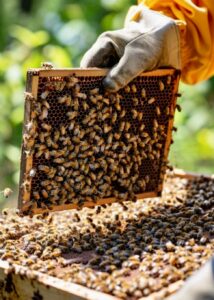
For years, conventional wisdom, popular slogans, and ad campaigns have heralded the same message: “we need to save the honeybees”. Products from various categories proudly
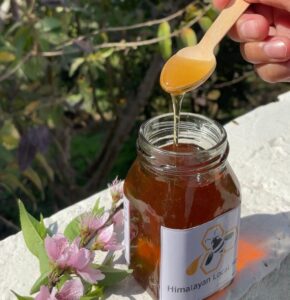
In the serene mountains of Tirthan Valley in Kullu, a unique practice is yielding results that not only promote environmental conservation but also generate a
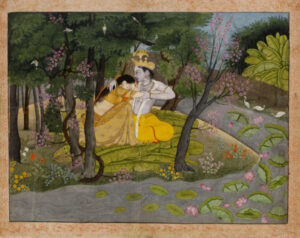
यथा सुमेरू: प्रवरो नगानां यथाण्डजानां गरुड: प्रधान:I यथा नराणां प्रवर: क्षितीशस्तथा कलानामिह चित्रकल्प” II ४३:३९ II (Viśṇudharamottara Puraṇa) As Sumeru is the best of mountains,
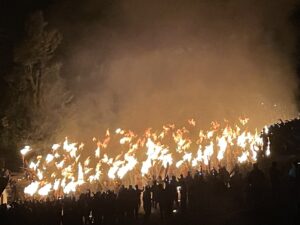
Did you know that certain regions in Himachal Pradesh observe the festival of Diwali not once, but twice a year? Indeed, this unique celebration takes
6 thoughts on “Kullu Shawls: Weaving Threads of Tradition and History”
I loved as much as you will receive carried out right here. The sketch is tasteful, your authored material stylish. nonetheless, you command get bought an shakiness over that you wish be delivering the following. unwell unquestionably come more formerly again since exactly the same nearly very often inside case you shield this increase.
Thank you so much for your kind words! I’m glad you enjoyed the content . Your appreciation means a lot!
Thank you so much for your kind words! Your words are encouraging .
I am extremely impressed with your writinjg skills as well as with the layout on your
blog. Is this a paid theme orr did you modify it yourself?
Either way keep up the nice quality writing, it is rare to
see a great blog like this one nowadays.
Thank you so much for your kind words! I’m glad you enjoyed the content and the blog’s layout. The theme is actually a customized one, and I’m thrilled that it’s stood out to you. Your appreciation means a lot!
Wow, this post is good, my younger sister is analyzing such things, therefore I
am going to inform her.